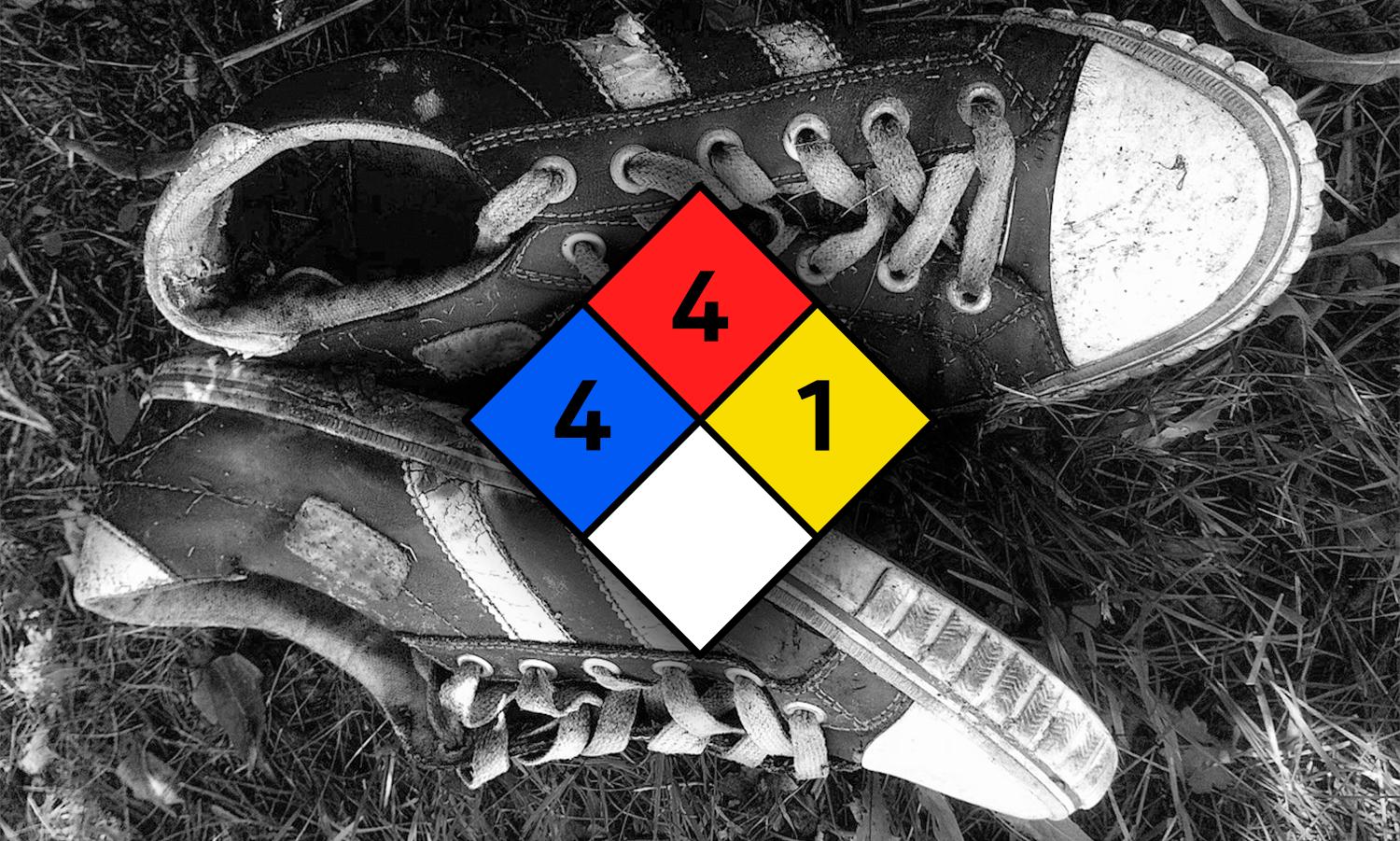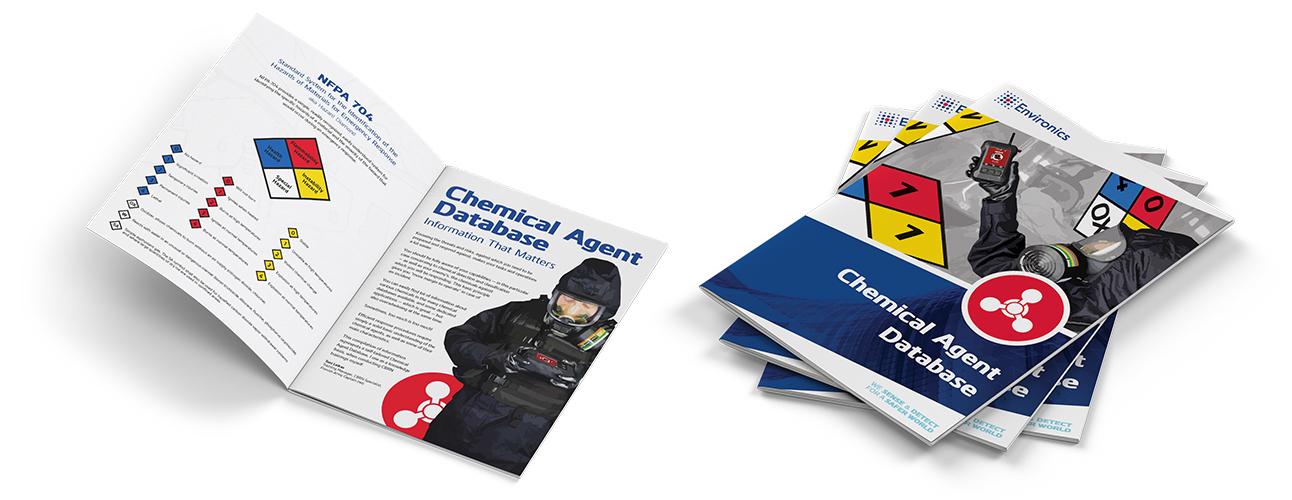What is This Old Sneaker Smell?

Historical Background
Hydrogen cyanide (hydrocyanic acid) was first prepared from Prussian blue in 1782, by the Swedish chemist Carl Wilhelm Scheele and was given the German name Blausäure (Blue acid) because of its acidic nature in water and its derivation from Prussian blue. In 1811 french chemist and physicist Joseph Louis Gay-Lussac prepared pure liquefied hydrogen cyanide.
Hydrogen cyanide was used as a chemical weapon in WW1 by the French army (1916), by the United States, and by Italy (1918), but it was not found to be effective enough due to weather conditions. The gas is lighter than air and rapidly disperses up into atmosphere, whereas denser agents — such as chlorine and phosgene — tend to remain at a ground level. Compared to these agents it also requires higher concentrations in order to be fatal. Hydrogen cyanide concentration of 100-200 ppm in the air will kill a human being within 10 to 60 minutes and concentration of 2000 ppm (approx. 2380 mg/m3) will kill a human being in about one minute.
Inside a synthetic fiber factory, a leak estimated at 4,000 liters of acid solution, containing 200 kg of hydrocyanic acid (HCN), occurred within an acrylonitrile production unit. Only one employee sustained slight HCN intoxication. This accident happened in October 14th 1999, in the town of Born, located in the Dutch municipality of Sittard-Geleen, in an acrylonitrile plant.
Commercial Uses or Precursor Chemicals
Hydrogen cyanide is currently produced in great quantities by several processes, as well as being a recovered waste product from the manufacture of acrylonitrile. It is used commercially for fumigation, electroplating, mining, chemical synthesis, and the production of synthetic fibers, plastics, dyes, and pesticides. Hydrogen cyanide is typically transported as a compressed gas or liquid, but it may be produced by the reaction of cyanide salts.
Symptomatology
Hydrogen cyanide is a colourless gas or liquid, being highly volatile. It is also non-persistant and lighter than air. In military classification hydrogen cyanide is a blood agent.
Hydrogen cyanide has a distinctive bitter almond odour which others describe a musty “old sneaker smell”, but a large proportion of people cannot detect it. The odour does not provide adequate warning of hazardous concentrations. It also has a bitter burning taste and is often used as a solution in water.
Immediate signs and symptoms of hydrogen cyanide exposure can be an increased heart rate and deep breathing or great difficulty breathing, dizziness, nausea and vomiting, not forgetting headaches, convulsions and cardiac symptoms.
Response
Leave the area and evacuate the exposed people into fresh air.
For first responders, the protection level in an unknown situation, is the highest level.
In a small spill or leak (less than 200 litres) the initial isolation distance in all directions is 60 meters and protection distance during day is 200 meters, changing 600 metres during night.
In a large spill/leak (more than 200 litres) the isolation area is 150 meters in all directions, and the protection distance during day is 500 metres, changing to 1,5 kilometres during night.
This agent is reactive, extremely flammable, and may ignite combustible materials.
Would you like to know more?

Get your own issue of the “Chemical Agent Database – Information
That Matters” and gain access to extra content!

[…] Hydrogen cyanide (AC) 1782 […]
Did you know? Cigarettes smoke is made up of thousands of chemicals, including at least 70 known to cause cancer. These cancer-causing chemicals are referred to as carcinogens. Some of harmful chemicals that found in cigarettes are Hydrogen Cyanide, Arsenic, Ammonia, Formaldehyde and Lead. Some of these chemicals are also used as a Chemical Warfare Agents – CWA.